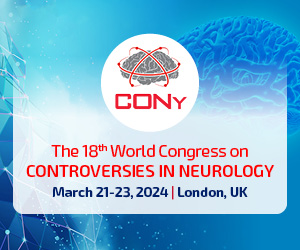Duchenne muscular dystrophy: overview and future challenges
Moh Hasan Machfoed1, Valentinus Besin2, Mudjiani Basuki1, Shirley Ferlina Lasmono3
 Affiliation and address for correspondence
Affiliation and address for correspondenceDuchenne muscular dystrophy is a muscle disease caused by mutation in the gene that encodes the cytoskeletal protein dystrophin. It is inherited in an X-linked recessive fashion. A number of therapies are continuously being developed to slow down the progression of the disease and increase patients’ life expectancy. Steroid use in Duchenne muscular dystrophy is associated with a lower mortality rate (hazard ratio = 0.24; 95% CI = 0.07–0.91; p = 0.0351). Although recent studies have concluded that prolonged steroid use is associated with short stature and overweight, a meta-analysis of 12 studies has shown that steroids can increase strength, muscle function, and quality of life. Restoration of dystrophin gene expression is the basis of genetically engineered therapies. Potential therapies of this type include exon skipping, the use of recombinant adenoassociated virus which delivers mini-dystrophin, and surrogate gene transfer. In their development, the common challenges are associated with the size of gene product and the origin of dystrophin gene expression. Stem cells are promising for future therapy. Regardless of the challenges and controversies associated with stem cells, several clinical trials show an increase of muscle strength in patients who have received such therapies.








